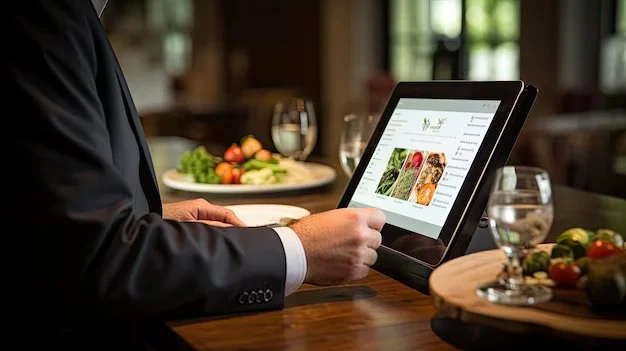
- 1. The Impact of Technology on Fast Casual Dining
- 2. Personalizing Customer Experiences with Restaurant Tech
- 3. Case Studies of Fast Casual Restaurants Using Technology
- 4. Emerging Restaurant Tech Trends for Personalization
- 5. Why Technology-Driven Personalization is Here to Stay
1. The Impact of Technology on Fast Casual Dining
Fast casual restaurants have long been known for offering high-quality meals with the convenience of quick service. However, in today’s competitive dining landscape, these establishments are increasingly turning to technology to enhance their offerings and create more personalized experiences for customers. From mobile apps to AI-driven recommendations, technology is revolutionizing the way fast casual dining operates, giving restaurants the ability to better understand customer preferences, streamline operations, and boost customer loyalty.
One of the key drivers of this transformation is the growing expectation of convenience and personalization among consumers. With the rise of digital platforms, customers now expect fast and seamless interactions, whether they are ordering ahead, customizing their meals, or engaging with a loyalty program. In response, fast casual restaurants are investing heavily in technology to meet these expectations and enhance the overall dining experience.
2. Personalizing Customer Experiences with Restaurant Tech
Personalization is at the heart of how technology is transforming the fast casual dining experience. By leveraging data and sophisticated algorithms, restaurants can now offer highly tailored experiences that meet the unique preferences of each customer. Here are some of the key ways technology is being used to personalize dining experiences:

Kings Co Imperial / kings county imperial williamsburg
20 Skillman Ave, Brooklyn, NY 11211, USA
Mobile Ordering and Customization
Mobile apps have become a game-changer for fast casual restaurants, allowing customers to easily place orders ahead of time, customize their meals, and even schedule pick-up times. This level of convenience not only saves customers time but also allows them to customize their orders exactly to their liking, whether it’s adjusting the spice level, adding extra toppings, or selecting specific dietary options. Mobile apps also enable restaurants to gather valuable customer data, which can be used to further personalize future experiences based on previous orders and preferences.
AI-Driven Recommendations
Many fast casual restaurants are now incorporating artificial intelligence (AI) into their platforms to offer personalized recommendations. By analyzing customer data, such as past orders, favorite items, and even demographic information, AI systems can suggest menu items that a customer is likely to enjoy. This level of personalization not only improves the customer experience but also increases sales by promoting items that customers are more likely to order.
Loyalty Programs and Rewards
Loyalty programs have been around for years, but they have become far more sophisticated with the integration of technology. Many fast casual chains now offer digital loyalty programs that track customer spending, reward repeat customers, and provide personalized discounts or offers based on their purchasing history. By leveraging this data, restaurants can engage customers with targeted promotions and incentives that encourage them to return more frequently, boosting overall customer retention.
3. Case Studies of Fast Casual Restaurants Using Technology
Several fast casual restaurants have embraced technology to personalize customer experiences, setting the standard for others in the industry. Here are a few notable examples:
- Chipotle: Chipotle has leveraged its mobile app to enhance the customer experience, allowing customers to customize their orders and skip the line by ordering ahead. The app also tracks customer preferences, making it easier for customers to reorder their favorite meals. Additionally, Chipotle uses AI to predict customer demand and optimize its inventory.
- Panera Bread: Panera Bread has implemented a sophisticated loyalty program called "MyPanera," which tracks customer orders and offers personalized rewards, such as discounts on favorite items. The company also uses its app to provide targeted offers, drive-through ordering, and even voice-activated ordering at select locations, offering a seamless experience for customers.
- Domino's: Domino's has transformed the pizza ordering experience with its AI-driven "Domino's AnyWare" platform, which allows customers to order via mobile app, smart speakers, and even social media platforms like Twitter. The brand also uses customer data to recommend personalized pizzas, making the ordering process faster and more convenient.
These case studies demonstrate how fast casual restaurants are effectively using technology to improve customer experiences and build stronger relationships with their customers. By integrating mobile apps, AI, and loyalty programs, these brands are leading the charge in personalization and customer-centric service.
4. Emerging Restaurant Tech Trends for Personalization
The use of technology in the fast casual restaurant industry is only going to grow in the coming years. Here are some emerging trends that are expected to shape the future of personalized dining:
Contactless Ordering and Payments
In the wake of the COVID-19 pandemic, contactless ordering and payments have become a priority for many fast casual restaurants. Customers are increasingly seeking ways to minimize physical interactions, and technology has stepped in to meet this need. Whether through mobile apps, QR codes, or kiosks, contactless options allow customers to place and pay for their orders quickly and safely, without needing to interact with staff. These technologies also enhance personalization by remembering customer preferences and order history.
Voice Ordering
Voice-enabled technology is another trend gaining traction in the fast casual dining space. Companies like Domino’s have already implemented voice ordering systems through smart speakers like Amazon Alexa and Google Assistant. As voice recognition technology becomes more advanced, it’s likely that more restaurants will offer this hands-free ordering option, allowing customers to quickly place personalized orders while on the go.
Robotics and Automation
While still in the early stages, robotics and automation are beginning to make their way into fast casual kitchens. Robots are being used to automate food preparation, cooking, and even delivery in some restaurants. This technology can help streamline operations, reduce wait times, and improve consistency, allowing restaurants to offer even faster, more personalized service.
5. Why Technology-Driven Personalization is Here to Stay
Technology-driven personalization is not just a passing trend—it’s becoming an essential part of the fast casual dining experience. As consumer expectations continue to evolve, restaurants must adapt by offering more tailored and seamless dining experiences. By using technology to understand and cater to individual preferences, fast casual restaurants can build stronger customer relationships, enhance loyalty, and stay ahead of the competition.
Furthermore, as data-driven insights become increasingly valuable, technology will continue to play a central role in helping restaurants optimize their offerings and anticipate customer needs. From AI-driven recommendations to personalized loyalty rewards, the future of fast casual dining will be defined by the ability to create unique, customer-centric experiences that keep patrons coming back for more.
For those looking to explore the best tech-driven fast casual restaurants, be sure to check out Dine Droop, where you can discover top dining spots offering innovative personalized experiences tailored to your preferences.

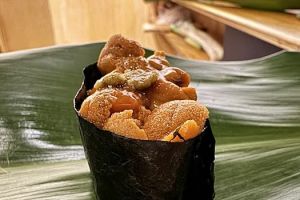
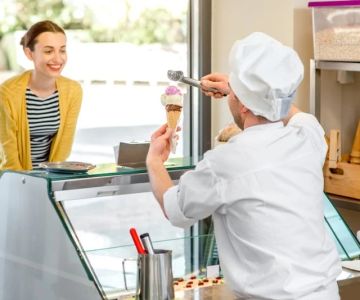
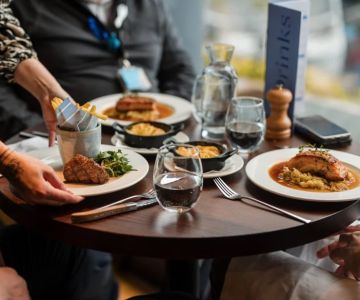

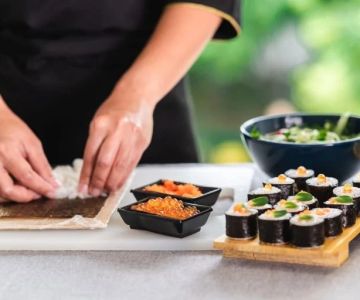
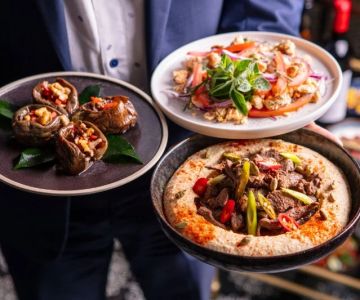

 IHOP3.0 (470 reviews)
IHOP3.0 (470 reviews)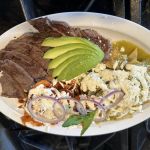 Al Chile4.0 (87 reviews)
Al Chile4.0 (87 reviews)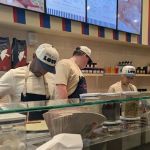 Vive La Crepe4.0 (28 reviews)
Vive La Crepe4.0 (28 reviews) International Cafe & BBQ4.0 (276 reviews)
International Cafe & BBQ4.0 (276 reviews)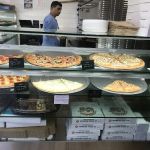 Supreme pizza NY3.0 (23 reviews)
Supreme pizza NY3.0 (23 reviews) Munch Heimish4.0 (241 reviews)
Munch Heimish4.0 (241 reviews) Best Sushi Restaurants for Every Budget and Taste: A Complete Guide
Best Sushi Restaurants for Every Budget and Taste: A Complete Guide The Appeal of French Restaurants for Special Occasions
The Appeal of French Restaurants for Special Occasions Exploring Vegan Restaurants That Focus on International Flavors
Exploring Vegan Restaurants That Focus on International Flavors How Pizza Restaurants Are Attracting Customers With Limited Edition Offerings
How Pizza Restaurants Are Attracting Customers With Limited Edition Offerings How Wine Bars Are Organizing Pairing Nights for Enthusiasts
How Wine Bars Are Organizing Pairing Nights for Enthusiasts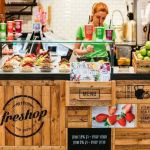 How Juice Shops Are Integrating Superfoods Into Daily Menus
How Juice Shops Are Integrating Superfoods Into Daily Menus